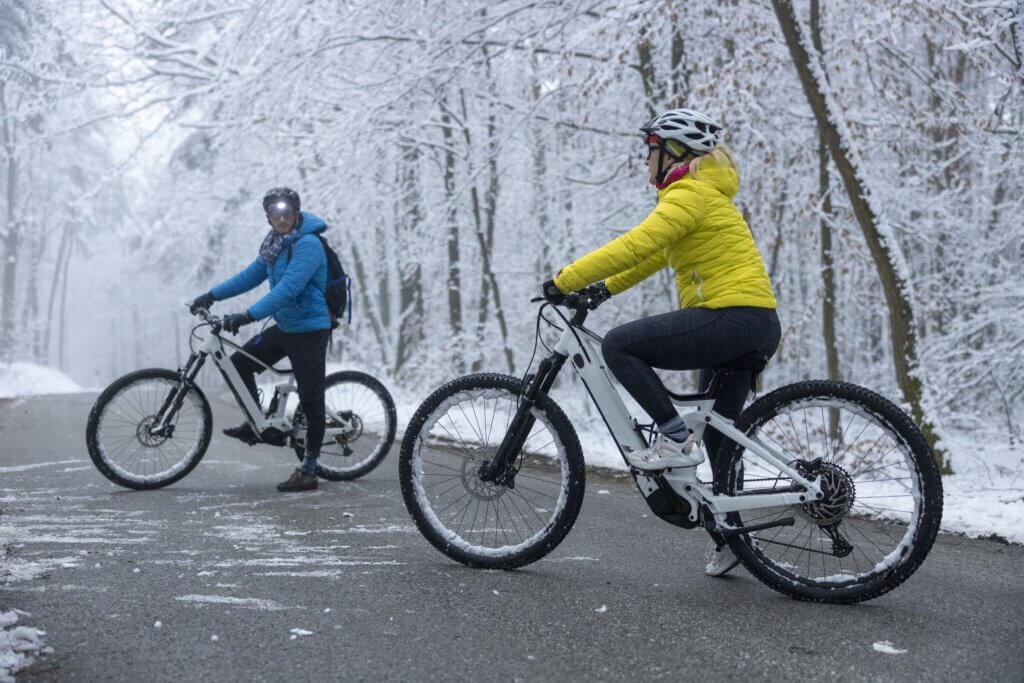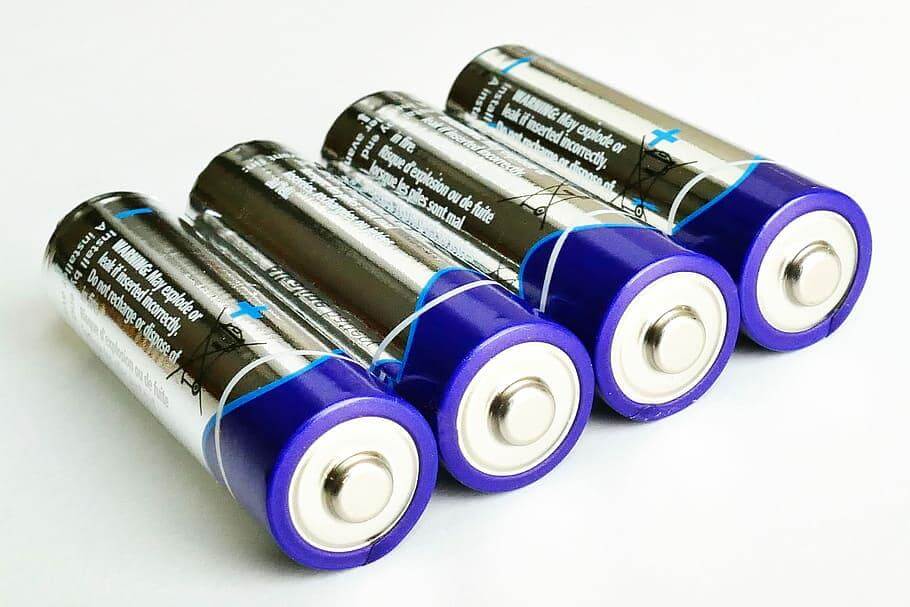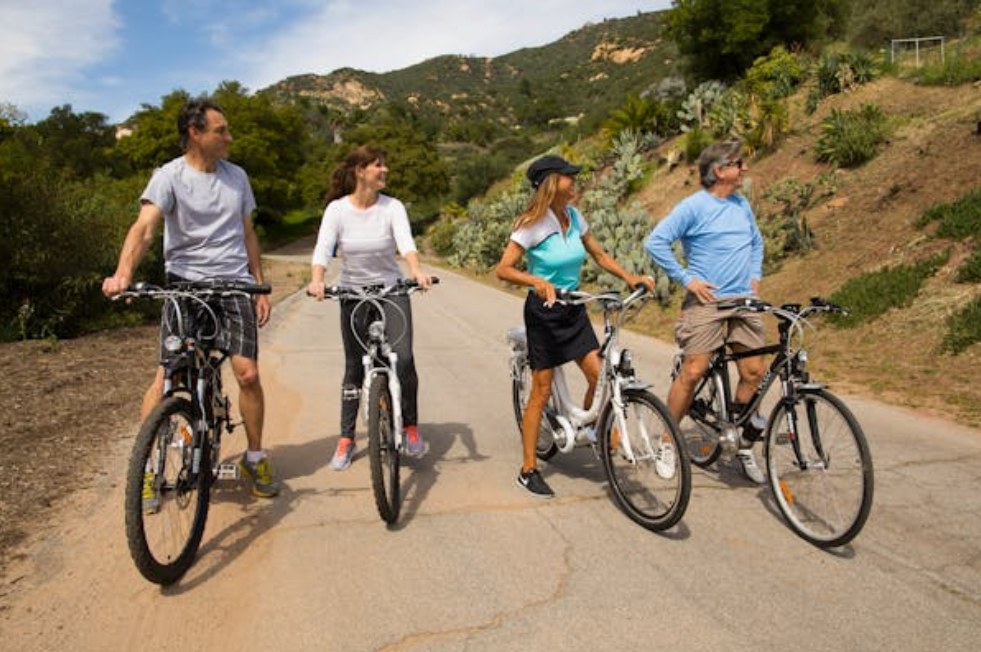Do you want to ride your e-bike adventurously in winter regardless of the cold? Here are some suggestions to help you ride safely in the cold!
E-bikes have become an ideal mode of transportation for many commuters. Since they are great options for navigating traffic and are suitable for every terrain, regardless of the weather.
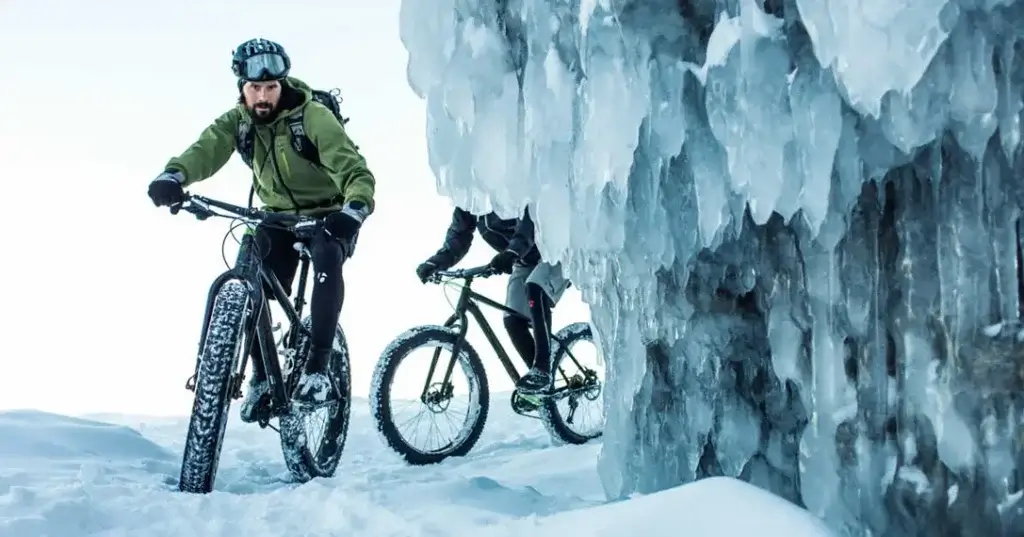
Although e-bikes are designed for all weather conditions, extra precautions are still necessary when riding in winter.
Due to the drop in temperatures, e-biking in winter can be very challenging. However, with the proper adjustments, maintenance, and precautions, you can safely and comfortably ride in the cold while staying warm and comfortable.
Looking to enjoy e-biking all through winter? Here is a guide on how you can ride your e-bike safely in the cold.
How to Prepare Safely to Ride in the Cold
Commuting in winter requires numerous safety measures, regular maintenance, and adjustments to ensure a safe and enjoyable experience. Since severe temperatures often impact several of the key elements of the e-bike. These suggestions will help you ride safely during cold weather.
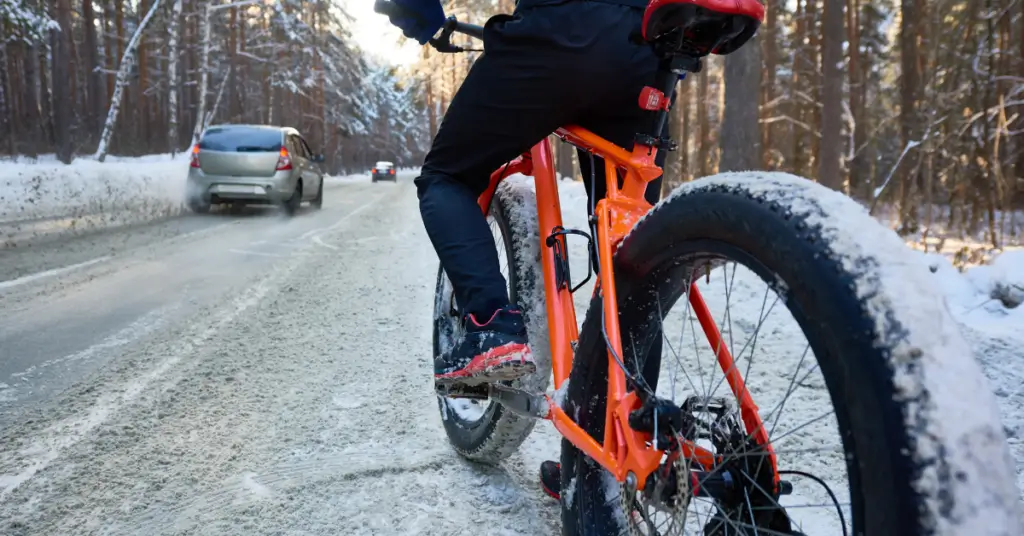
Proper Battery Care
It is known that extreme cold affects the performance and range of e-bike batteries (Lithium-ion). The battery tends to discharge more quickly or struggle to achieve a full charge at extremely low temperatures.
Therefore, refrain from letting the battery drop below 20%, as regular charging helps prevent rapid drainage. Keep your battery indoors at a temperature between 5°C and 20°C to avoid potential damage. Refrain from charging your batteries in a chilly setting. Use an insulated and waterproof cover on your e-bike battery to minimise its exposure to severe cold while commuting.
Proper Winter Tires
If you plan to operate your e-bike in winter, consider using tires suitable for the conditions. Studded tires and knobby tires are an ideal choice since they offer excellent grip on wet roads. Using these tires allows you ride comfortably in winter.
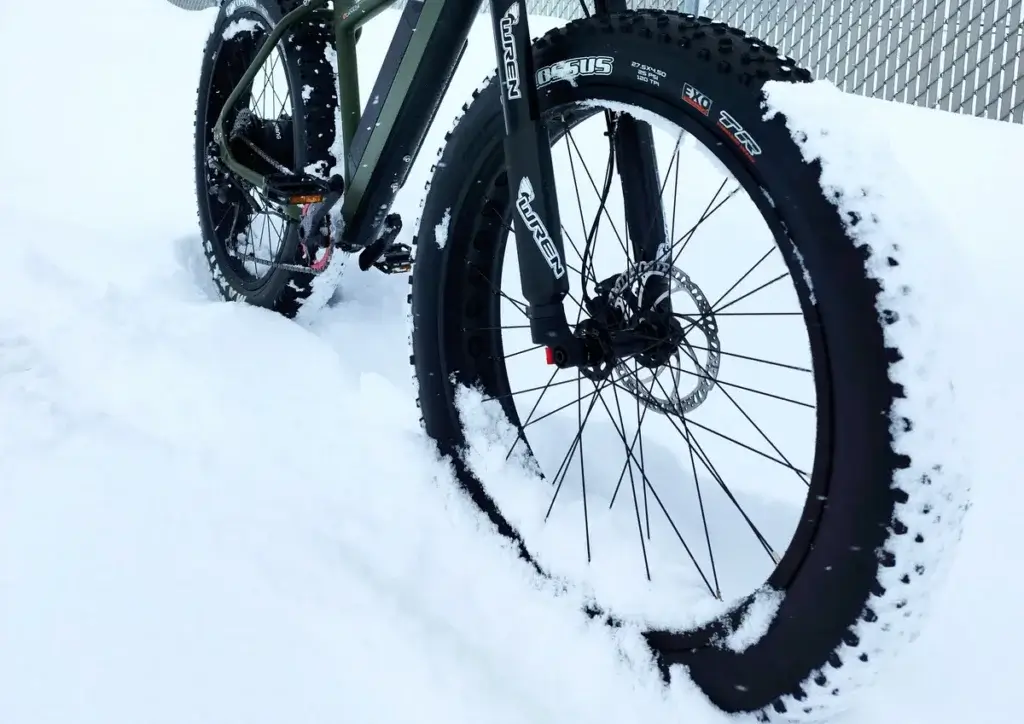
Lowering your tire pressure nonstop enhances your grip and improves traction on slippery roads. Additionally, check your tires regularly; extremely low temperatures cause the air in the tires to shrink, resulting in lower pressure. Prevent your e-bike’s components from accumulating dirt and mud with the use of mudguards to protect it.
Proper Winter Clothing and Gear
E-biking in winter requires a lot of layering to keep you warm, comfortable, and safe while riding. However, it’s essential to know how to dress appropriately for cold weather, as proper clothing enhances your performance and warmth.
Look for a windproof jacket to protect you from the wind. You also need arm and leg warmer sleeves to retain heat and provide complete protection while riding. Your biking pants and tights (wind-resistant) should be flexible and provide warmth. Consider getting a facemask or a full-face helmet since it blocks the wind from freezing your face.

Additionally, biking gloves or heated battery gloves are completely waterproof, ensuring your hands stay warm and cozy. This helps provide bar sensitivity and a firm grip, as well as braking performance, in cold conditions while riding. Appropriate winter clothing and gear guarantee your warmth, regardless of the weather.
Moreover, it is recommended to wear footwear that is both windproof and waterproof. This also helps provide extra warmth for better pedaling efficiency during your rides.
Wear vividly coloured clothing and install an adequate lighting setup for sufficient visibility during both day and night. Enhance your visibility by using strong headlights and flashing lights at the front and rear of your electric bike. In winter, it becomes dark early, so it’s advisable to be visible to prevent any road dangers.
Proper Brake and Drivetrain Care
Braking is very essential for your safety during the winter, and it can be a bit challenging due to the slippery surfaces when riding. Worn brake pads provide decreased braking ability, potentially compromising your safety during winter.
Hydraulic disc brakes are known to perform better compared to conventional rim brakes in winter. They are less susceptible to wear or damage from water, ice, or snow.

Clean your brake rotors and calipers regularly. This prevents the build-up of ice, grime, and road salt, which can be bad to your e-bike drivetrain components.
Additionally, your cassette and chainrings require proper inspection for wear, ensuring they shift smoothly to avoid losing efficiency and component failure.
Adopt the use of lubricant specifically designed for cold conditions, as they are thicker and resist being washed away by moisture.
Proper Electric Bike Care and Maintenance
During winter, your e-bike is prone to getting extra dirty because of the dirt, mud, and debris on the road. Nevertheless, this may impact the electrical connections to supply power if care is not taken, wipe the contacts after every ride.
Additionally, inspect your brakes and drivetrain for signs of wear and any potential issues that may require replacement. Always check the pressure of your tire and inflate to the suggested levels to prevent flat spots for a comfortable ride. Periodically lubricate your drivetrain and check your brakes for any adjustments before and after every ride to prolong their lifespan.
Proper E-bike Storage
Always check your electric bike and store it in a warm and dry place after every ride. Storing your e-bike well in winter maintains battery condition and protects the mechanical parts against moisture and rust. This ensures your e-bike is optimised for maximum efficiency on your next ride.
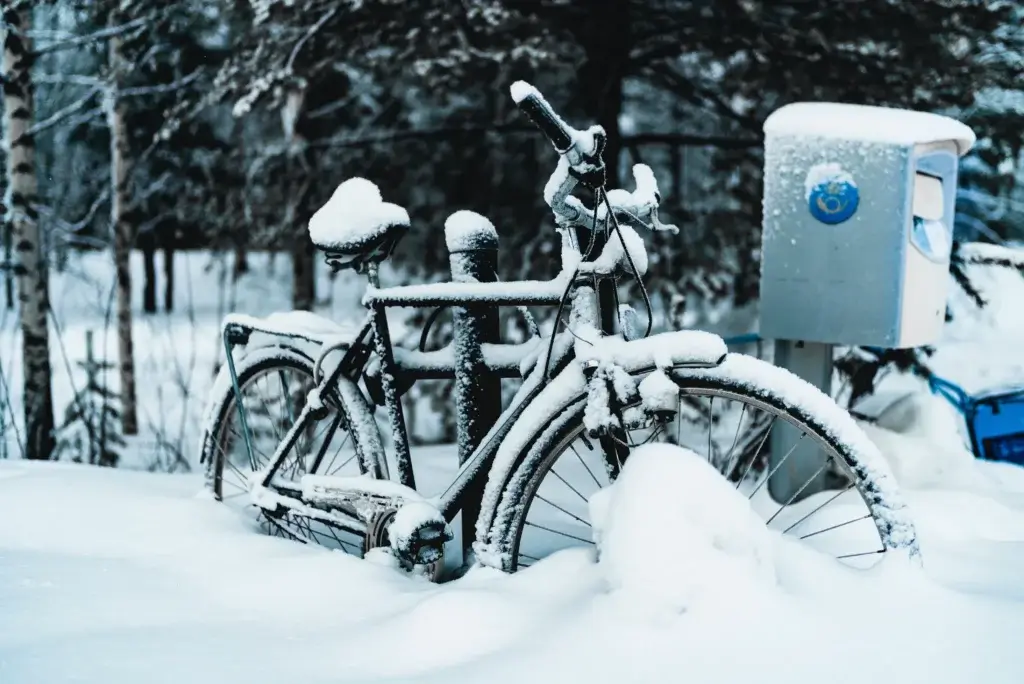
Properly store your e-bike indoor or in the garage to prevent further exposure to the cold and moisture. Storing your e-bike at room temperature prevents rust and keeps the components of your electric bike in proper working condition. Remember to recharge your battery to at least 40-60% before storage to prevent a reduction in battery capacity.
Additionally, following these maintenance and storage plans will prolong the durability of your e-bike in winter. It also reduces the need for expensive repairs and preserves your ride quality throughout the year.
Conclusion
E-bikes are an affordable and eco-friendly means of commuting in winter. Nonetheless, it needs to follow specific preparations and have the appropriate gear to remain safe and warm throughout the cold season. Proper preparation for the winter keeps you warm for a fun experience while riding safely in the cold.
Therefore, with suitable winter tires, waterproof clothes, and a properly maintained e-bike, you can commute effortlessly in the cold.
Most importantly, always know what you can handle and when it’s best to stay home or indoors.
Ride safely in winter while staying comfortably warm and well-geared up!

